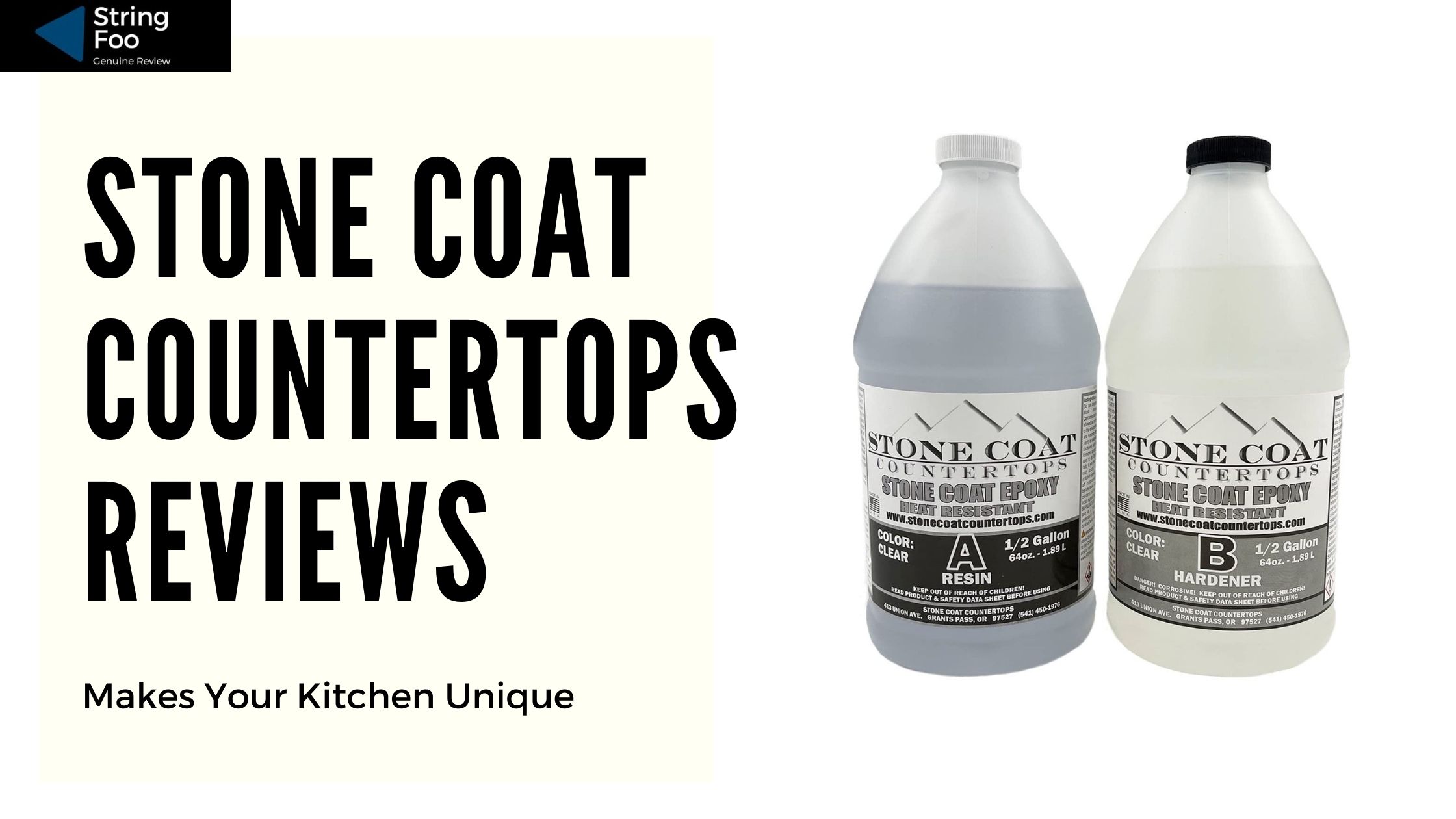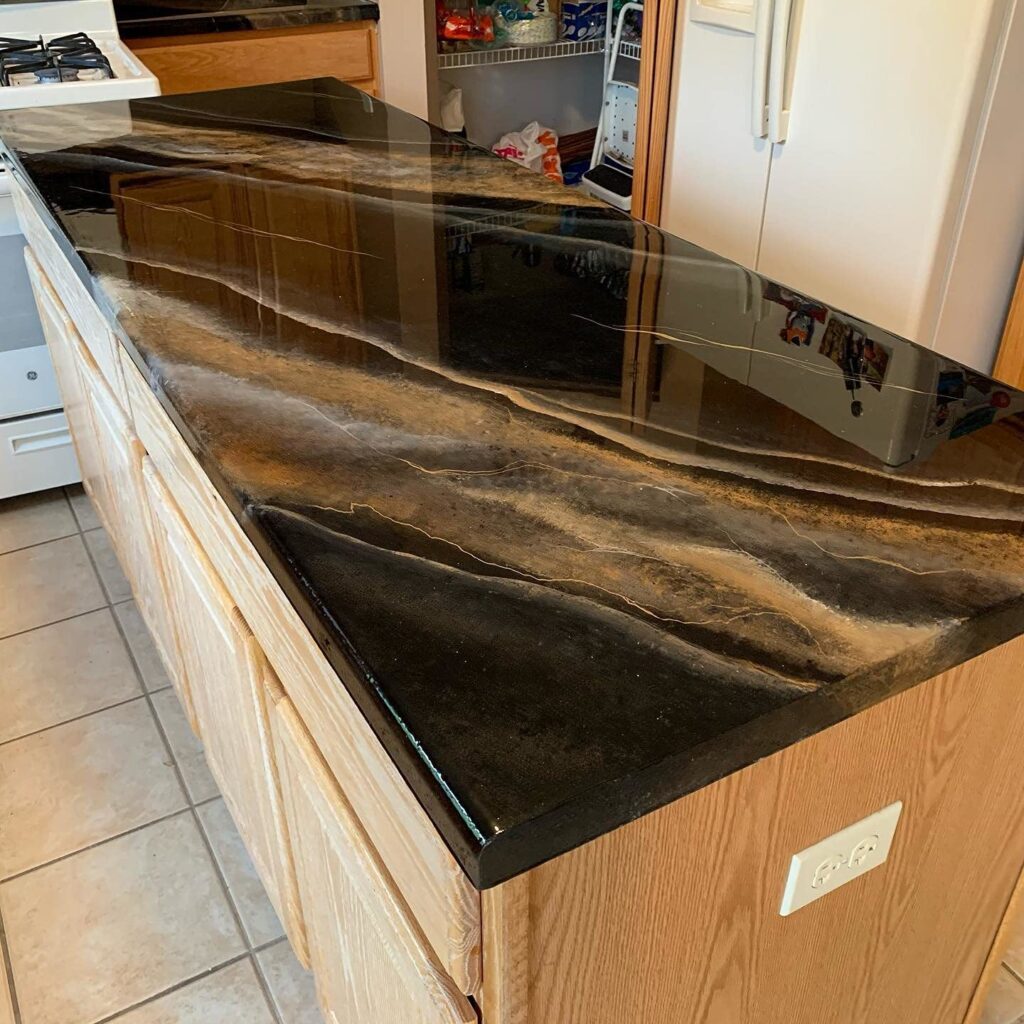
Epoxy for countertops might be a terrific idea if you want to redo the countertop surface in your home without hampering your wallet. These don’t always require expert assistance and can be placed for a meager cost. Furthermore, epoxy countertops can be poured over any existing surface. On top of it off, epoxy countertops look fantastic, are pretty durable, and will give your home an entirely new feel. Here we would have come up with Stone Coat Countertops Reviews.
Epoxy resin countertops are incredibly long-lasting and can be used in the home. Spills, stains, and general wear are not a problem for these counters. Epoxy is an attractive solution for any countertop area that receives a lot of traffic. For quick and easy answers, epoxy countertop kits are available.
When installing an epoxy countertop, there are a few things to consider in terms of cost. Epoxy is typically used to renovate or upgrade existing countertops. Surfaces that are old or damaged can be used. You can even use epoxy on the flooring due to its durability. Let’s look at the most excellent countertop epoxy options and how to make these surfaces at home in our Stone Coat Countertops Reviews.
Product Description – Stone Coat Countertop (1 Gallon) Epoxy Kit
This epoxy resin was explicitly designed for countertops, making it an excellent choice to build new counters or renovate old ones. The epoxy and hardener come in half-gallon jars, resulting in a gallon of combined epoxy resin. This item is UV-protected, scratch-resistant, lustrous, and extremely long-lasting.
Stone coat countertop epoxy is eco-friendly, made in the USA, and contains zero volatile organic compounds, allowing you to restore old countertops without removing them. Stone Coat Countertop Epoxy is ideal for taking your countertop project to the next level, with simple step-by-step instructions. To extend the life of your project, sand and polish it with our polishing kit.
The epoxy system is made to survive extensive use in the kitchen and bathroom, and it’s also heat resistant, scratch-resistant, and food safe. For optimal UV resistance, our solution includes top-tier HALS components (Hindered Amine Light Stabilizers). Part B Hardener should get poured into the mixing container first, followed by part A Resin.
Stone Coat countertops epoxy has been mainly developed for a simple do-it-yourself application. It might help you save a lot of money on hiring a professional. Food-safe and heat-resistant, this epoxy is a wise choice. If you’re looking for a high-quality finish for your epoxy countertops, this is a great option. It is our top recommendation for the best epoxy for countertops in our Stone Coat Countertops Reviews.
Pros
- VOC-free and environmentally friendly.
- UV resistant metallic epoxy that is easy to clean and scratch-resistant.
- It has decent heat resistance.
- It’s great for adding color and paint.
- Particularly long-lasting.
- The surface is gleaming and lustrous.
- Extremely long-lasting.
- Epoxy can also withstand high temperatures, and the surfaces will be non-toxic and food-safe.
Cons
- A more expensive epoxy resin
- It takes a long time to install.
- Staining the surface is a possibility.
- Once placed, these countertops are tough to remove.
- Epoxy countertops require some expertise to install.
Stone Coat Countertop (1 Gallon) Epoxy Kit

Features
- Heat Resistant up to 500°F High-Temperature Resin
- Zero VOC, crystal clear, and UV stable
- Self-leveling cure in 24 hours
Epoxy Countertop Installation: Do It Yourself
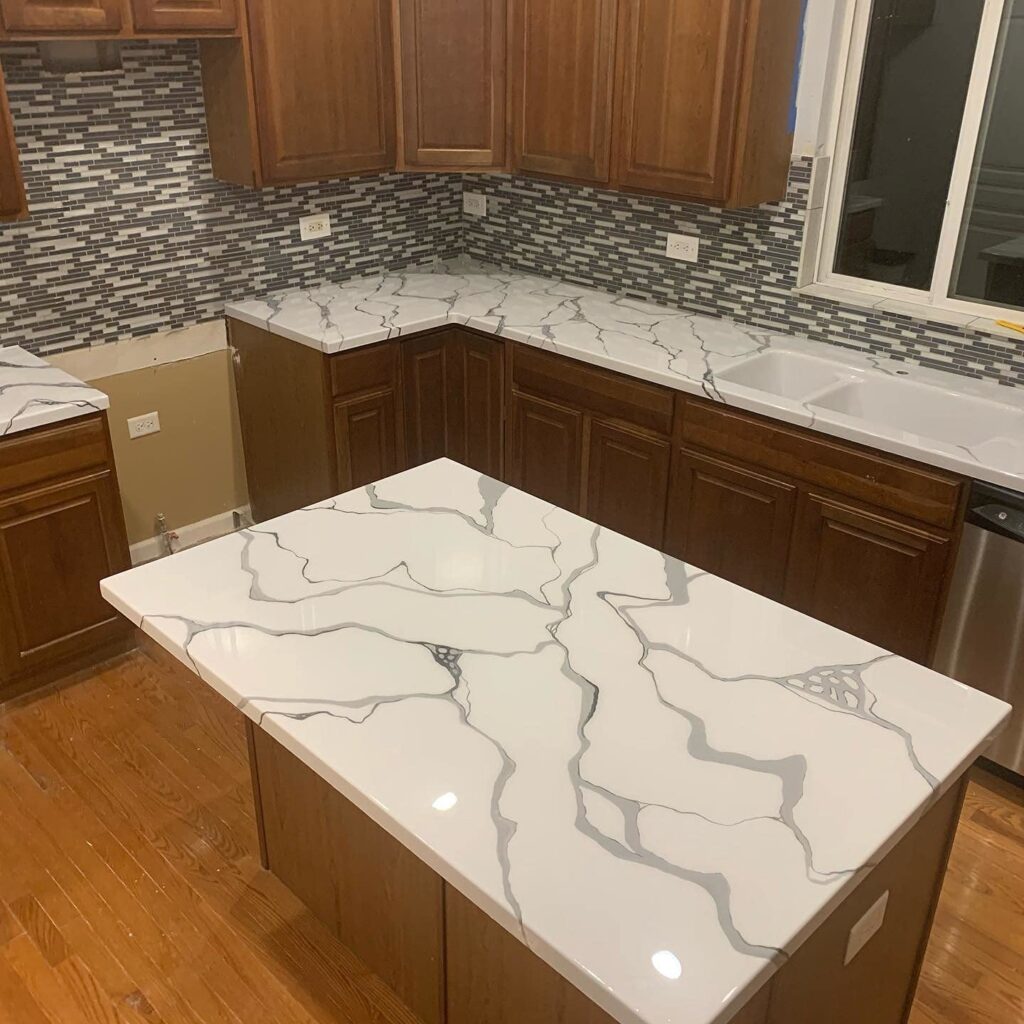
Installing an epoxy countertop can be highly cost-effective when compared to surfaces such as granite and marble. The final cost will get determined by the amount of surface area required, the number of layers poured, and the resin quality used. If you choose to do this as a DIY project, though, you can save some money. Yes, it will take some time and work, but any self-assured DIYer could do it.
Epoxy Countertop Installation
Pouring your epoxy countertops can help you save money while also allowing you to create personalized, unique designs. However, the procedure will necessitate a significant amount of time and work. Epoxy resin comes in a liquid form and is made up of two ingredients. You’ll need to combine the epoxy with a hardener while building countertops. It would help if you did this meticulously. After you’ve made the mixture, you’ll need to work quickly before it hardens.
How Can You Pour A Stone Coat Epoxy Countertop?
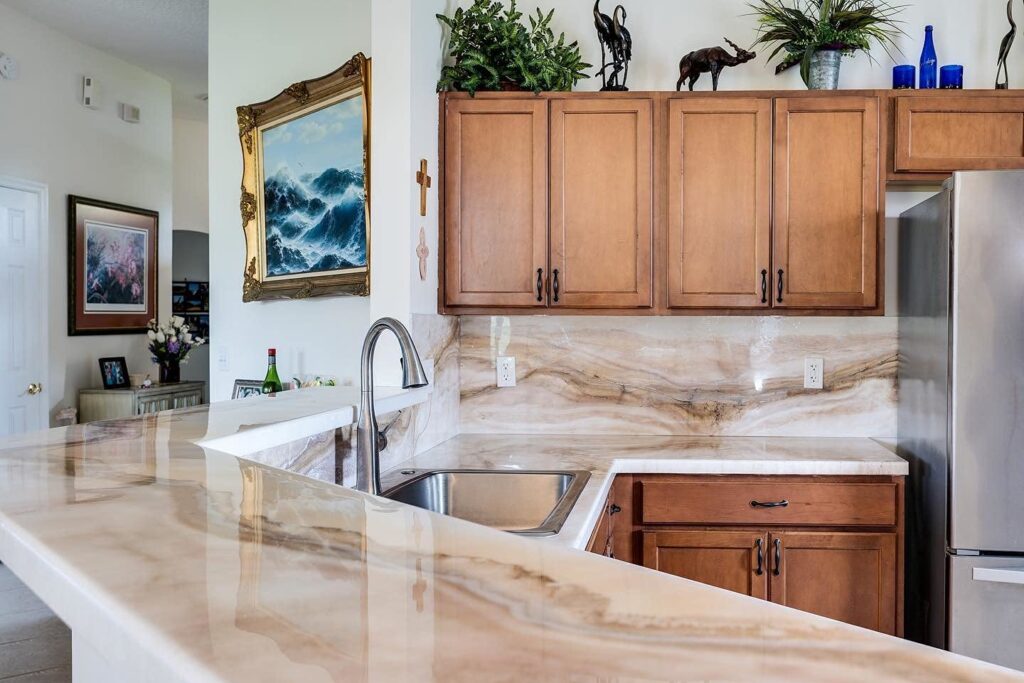
Consider pouring your epoxy countertops. It is fantastic because it can be a very gratifying pastime. You can find a step-by-step tutorial in our Stone Coat Countertops Reviews on pouring an epoxy countertop.
1.You Should Check If The Surface Is Clean
When you pour the epoxy, it permanently seals everything underneath it. As a result, before pouring the epoxy resin, ensure no dust, debris, or grease on the countertop. Make sure the surface you’re going to pour on is immaculate. A rough surface could be caused by dirt trapped beneath the epoxy.
2.Defend The Environment
It’s nearly impossible to clean up and remove epoxy glue after it’s solidified. Protecting any nearby locations you don’t want to mess with is critical, as an epoxy spill can be a big problem. Cover the floors and surrounding furnishings with plastic sheets. It’s even a good idea to put a wooden barrier around the countertop to prevent drips.
3.First, Make A Seal
Apply a thin coat of epoxy resin on the countertop first. It is known as a seal, and the method is known as flooding. The aim is to suppress the number of air bubbles that may form during the resin pouring process.
4.Working Quick Is Essential
The epoxy glue will harden very rapidly once you have the appropriate mixture. As a result, it is critical to work efficiently. Get rid of any air bubbles as soon as possible (a hairdryer is a good tool for this). It’s a good idea to mix lesser amounts of epoxy resin at a time.
5.The Second Layer Is Applied
After the first coat has been put in, the resin must be fully cured before applying a second coat. It could take anything from 4 to 20 hours, depending on the wax and circumstances. You’ll have a properly sealed, gleaming epoxy countertop in about 48 hours.
How Can You Apply Stone Coat Epoxy Coating On A Laminate Countertop?
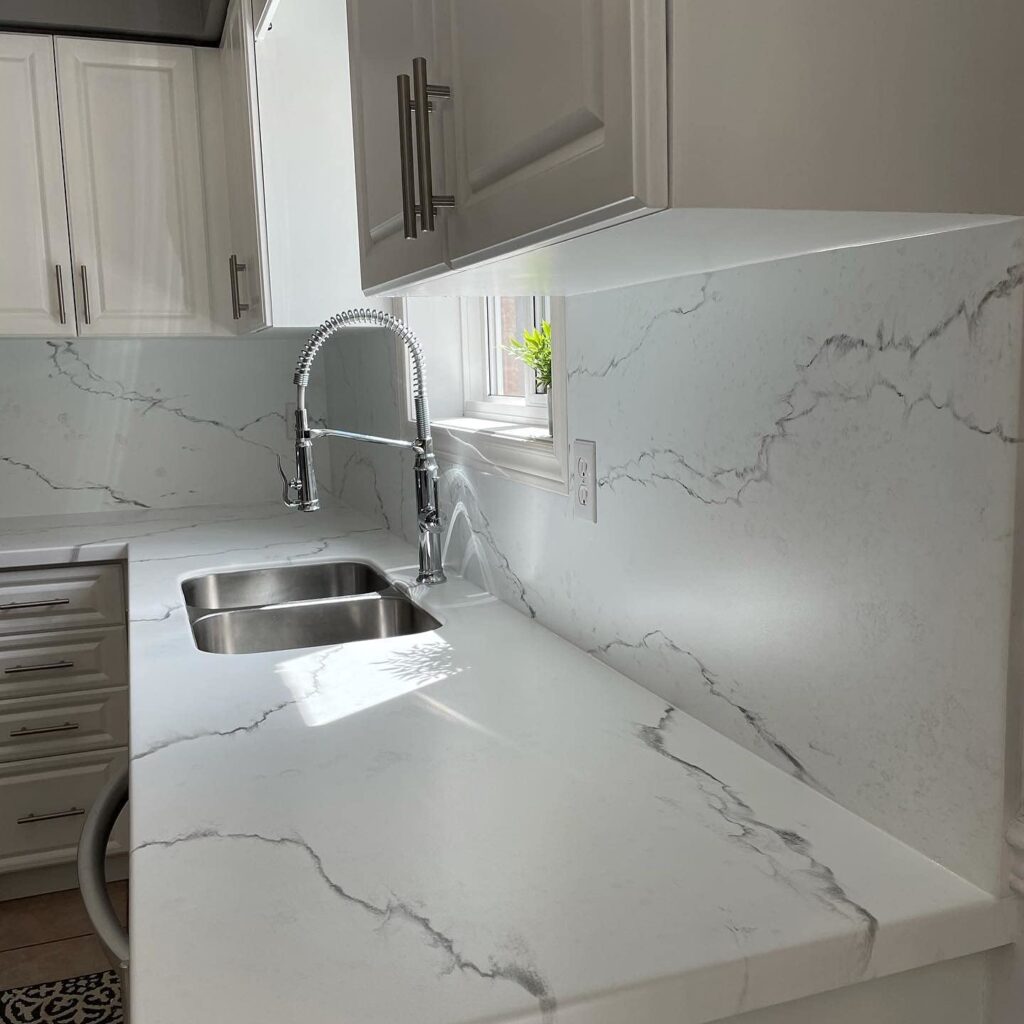
Epoxy resin can also be used to elevate and restore aged or discolored laminate surfaces. You can use epoxy to restore the appearance of a laminate countertop that has become a little worn. It not only looks fantastic, but it also adds to the surface’s endurance.
1.Laminate Countertop Preparation
You must remove the surface finish of laminate countertops before applying an epoxy resin coat. It is best accomplished by sanding it with sandpaper until the shiny coating is removed. After sanding, you must thoroughly clean the surface to ensure that no dust particles or residue remain.
Then, it will be best if you protect any areas where you don’t want epoxy resin. To protect the edges of the counter from dripping, apply masking tape, and cover the floor and furniture with plastic sheeting.
2.Mixing And priming
Applying an adhesive primer before applying the epoxy coating is an excellent idea. Use a primer that gets made specifically for glossy surfaces. It creates a more durable surface for the epoxy coating to be applied to.
It’s time to mix the resin with the hardener after the primer has been applied and thoroughly dried. To get the desired consistency, you must do this with extreme caution. It’s important to remember not to mix too much epoxy at once and to work swiftly with it once it’s ready.
3.Putting The Epoxy On
It’s time to apply the epoxy coating when the priming has cured completely. Apply a thin layer using a roller or paintbrush first. Single-directional strokes are used to apply the epoxy. Use a scraper to remove any lumps and ensure that the surface is smooth once the resin has begun to cure.
You can apply a second layer when the first has been adequately cured. The second layer is involved in the same manner as the first. You can keep adding layers (after each one has been fixed enough) until you have the thickness and look you want. It’s advisable to wait two days for the countertop to cure and set completely before using it.
4.Adding The Finishing Touches
Remove any masking tape and plastic covers once the final application of epoxy has dried. Finish the countertop resin with a layer of polyurethane top coating for increased durability and protection. You can apply the polyurethane in around 4 or 5 coats (let each one dry before adding the next one). After the last application, this should be left for roughly 12 hours.
How Can You Clean Stone Coat Epoxy Countertops?
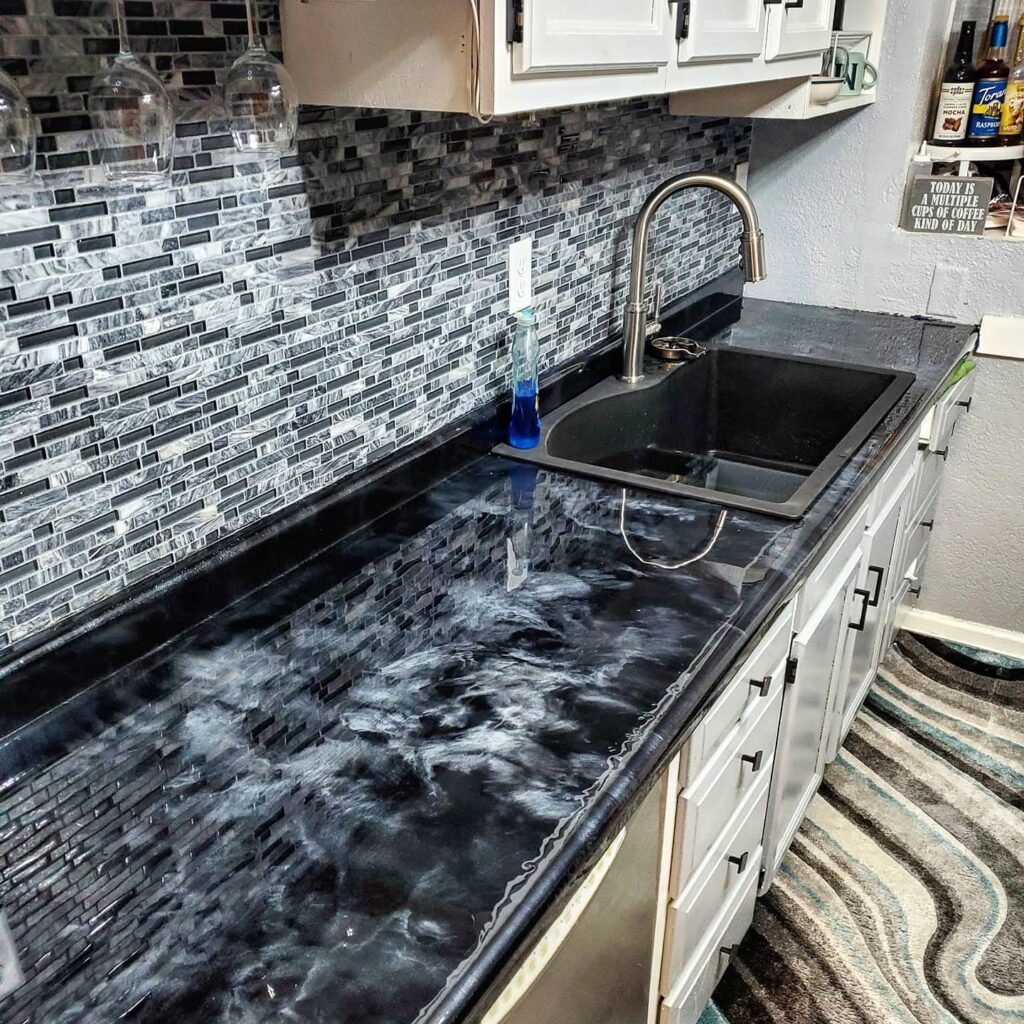
Cleaning cured epoxy resin is simple because You can clean it with almost any chemical or cleaning agent. The best countertop epoxy is made to be easy to clean.
Keeping The Glamour
Maintaining the gloss and shine of your epoxy counter is simple. All you have to do is wipe it down with a bit of mineral oil now and then (once a month should do). It will be best to be attentive about not adding too much, as this may cause the surface to get foggy. Using a high-quality epoxy should result in a long-lasting, lustrous surface that won’t discolor. Countertop epoxy kits are designed to keep their shine for a more extended period.
Use Abrasive Cleaners Sparingly
You should avoid abrasive cleaners since they might leave marks on the resin surface and cause the resin to be dull. Avoid using wax, polishes, and scouring pads. Although countertop epoxy kits are long-lasting, you should never use abrasive cleansers.
Keeping Stains At Bay
There is a chance that epoxy countertops will discolor. To avoid this, make careful to clean up any spills or markings as soon as possible. This approach, however, can be used to remove any stains from a countertop epoxy kit:
- Combine four parts baking soda and 1 part water in a mixing bowl.
- Allow 5 minutes for the paste to dry after applying it to the stained area.
- Wipe the stain away using a cloth after wiping away the mixture.
If the above does not work, you can try removing the stain with acetone or thinners. To remove the stain, rub this over the stained area with some pressure. Avoid using bleach, as this will result in a fresh color.
Designs For Epoxy Countertops
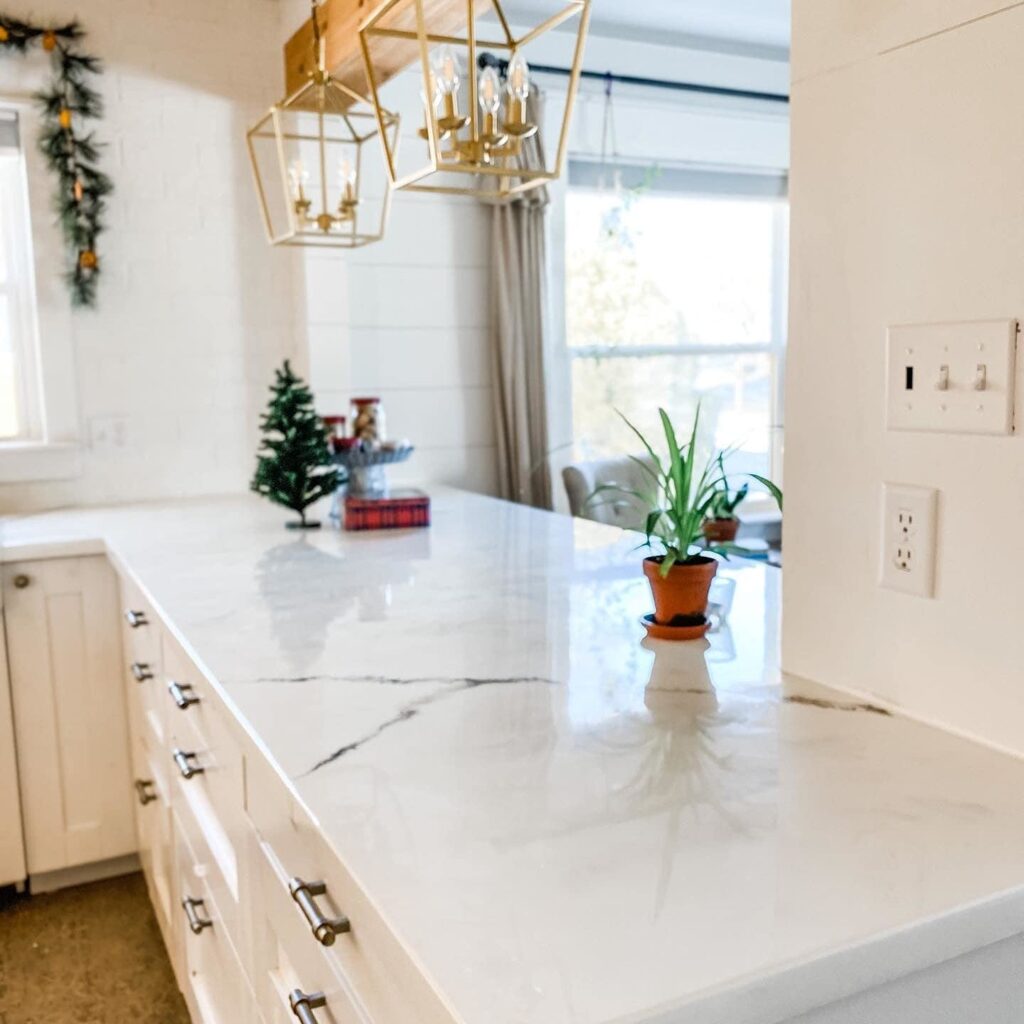
Epoxy countertops are available in a variety of shapes, colors, and patterns. You can accomplish this by incorporating designs into the current countertop or introducing effects in the epoxy.
Some of these effects include embedding things (glass shards, beads, coins, bottle caps, etc.) in the epoxy, as well as inserting LED illumination. A simple, transparent epoxy coating over wood or other surfaces, on the other hand, always looks lovely.
Epoxy Designs In Color
Epoxy resin is a transparent substance that may be colored with various paints and colors. You can do it with particular resin hues. You can accomplish this by selecting a base color and then enhancing it with an accent color. You may also use a metallic powder to give more oomph.
Also Read : Tribotex Review
Frequently Asked Questions – Stone Coat Countertops Reviews
Conclusion
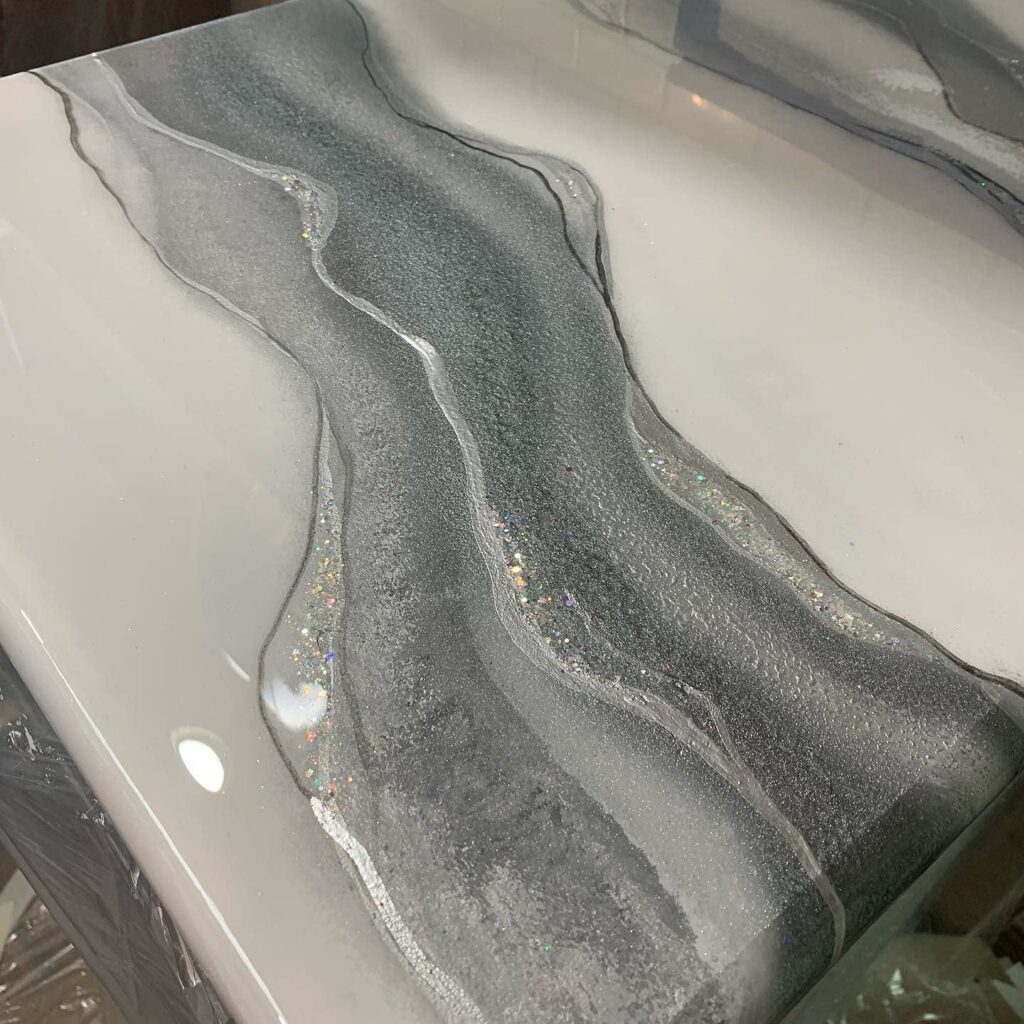
There’s a lot of information on countertop epoxy out there. Still, a stone coat countertop epoxy is a fantastic thing to do in your kitchen, and it is also a much more cost-effective alternative to natural stone. You may struggle to find an exact tutorial for the subtle marble look you wanted because most tutorials are bright colors or have a lot going on, so we hope our Stone Coat Countertops Reviews help you with the same thing!
It has the appearance of marble and will easily trick your visitors into believing so. It also feels substantial; you haven’t been able to mark it after a week of curing. As a test, you can use a fork in an inconspicuous location and get no marks! It takes lots of your time and a lot of your patience, but once it’s done, it’s well worth it, and you will get quite impressed.
Hope our Stone Coat Countertops Reviews would have been fruitful for you. You can follow our DIY guides if you do not want to hamper your wallets. Do share your thoughts in the comment section.

